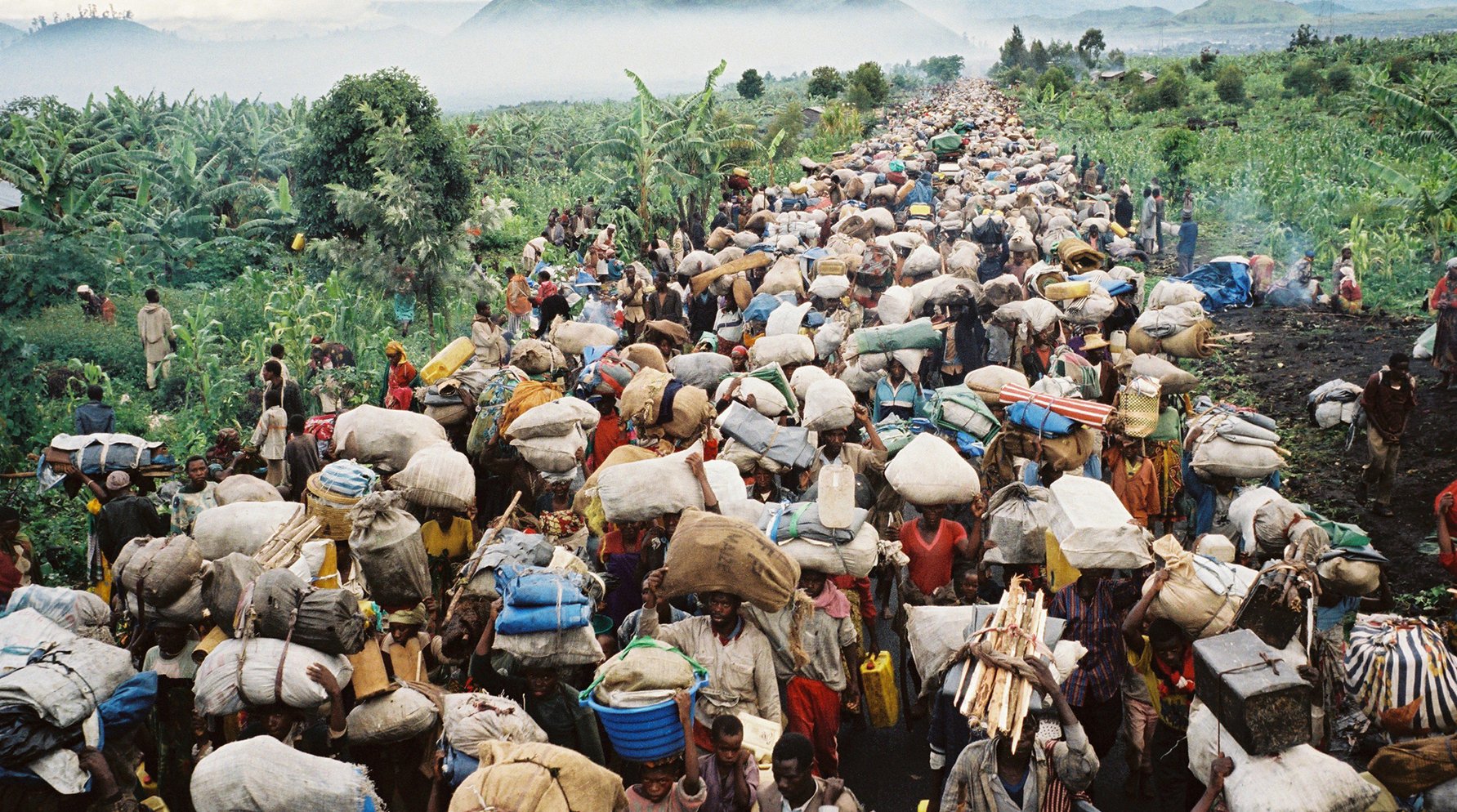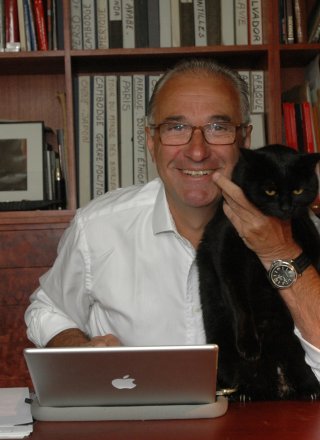
Rwanda
Benoît Gysembergh
Paris Match
I was on a dusty road in Burkina Faso on the afternoon of April 7, 1994, when the BBC announced that there was strife in Rwanda. The strife was in fact a huge massacre of Tutsis perpetrated by Hutus. The two ethnic groups had been brought together in this tiny country in the region of the Great Lakes, but the venture was heading for disaster. The Hutus were from the west, from the great forest, while the Tutsis came from the high mountainous area in the east. The Hutus had farmed the land while the Tutus raised animals. The customs and social organization were quite different, but they were all together, rubbing shoulders as they moved from one hill to the next. The largest group tilled the soil and nurtured their resentment, while the others tended their herds and asserted their superiority. Confrontation was inevitable. On five separate occasions, between 1959 and 1994, the majority Hutus had massacred the Tutsis, forcing them to flee to neighboring countries where they organized themselves, forming an army to recapture their land.

It was the end of the month by the time I arrived there. A river marked the border between the two countries; hundreds of corpses were floating in it, caught in the whirling eddies of the Rusumo Falls, a major tourist attraction in the past. The country, once so busy and lively, was nothing but land strewn with dead bodies. While this could not be compared to the trauma and pain inflicted on the Rwandans, amongst the UN military observers and journalists, albeit hardened through experience, no one could remain unmoved at the spectacle of the genocide. Not a single person.
Two years later, the Hutus, who fled to the nearby Congo for safety, were in overcrowded refugee camps where the villages and social structures were rebuilt, and were permanent targets for racketeers from the Congo and, as if pursued by a curse, were decimated by an outbreak of cholera in August. The bodies of the assassins of the past were now, in turn, lying sprawled by the roadside in this vast region of the Great Lakes. In November 1996, the refugees simply gave up and the most extraordinary mass movement in Africa started at dawn as 300 000 people packed up their goods and chattels and set off on the main road to Goma. Some headed towards Rwanda, knowing they would be jailed; others went into the great forest, prepared to spend months walking to Kisangani.
In 1997, they gave up and were repatriated aboard Antonov aircraft chartered from Russia by the UN, and were taken to prisons in Rwanda. Ten years after this genocide, I went back to Bisesero with Michel Peyrard; Bisesero was the hill where we had managed to send a warning to French military forces and save the lives of a few hundred Tutsis. We found a score of survivors fate had brought across our paths.
The hostility between Tutsis and Hutus continues unabated, and the future holds little reason for optimism.

